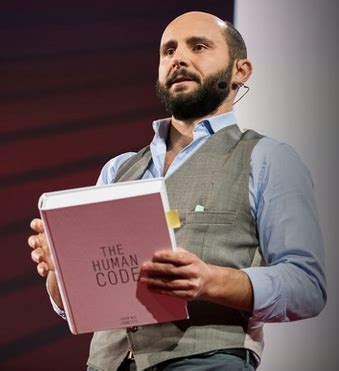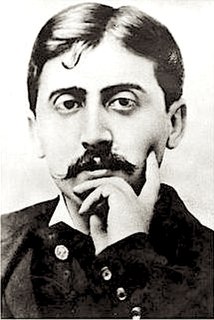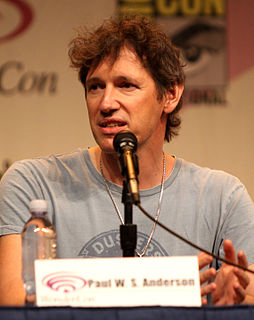A Quote by Riccardo Sabatini
A 3D printer needs three elements: a bit of information, some raw material, some energy, and it can produce any object that was not there before.
Related Quotes
I think (fantasy football) has become something that needs to be looked at in terms of regulation. Effectively, it's day trading without any regulation at all. When you have insider information, which has apparently been the case, when you have people who use that information, use big data to try and take advantage of it, there has to be some regulation. If they can't regulate themselves, then the NFL needs to look at moving away from them a little bit, and there should be some regulation.
And so it is with our own past. It is a labour in vain to attempt to recapture it: all the efforts of our intellect must prove futile. The past is hidden somewhere outside the realm, beyond the reach of intellect, in some material object (in the sensation which that material object will give us) of which we have no inkling. And it depends on chance whether or not we come upon this object before we ourselves must die.
If you hand an adult a lump of clay, they're likely to respond by fashioning something representative out of the raw material. For the most part, they'll simply forge an object that signifies something "real" in the world, even if that something is as abstract as an emotion or an energy. A child, on the other hand, will just as often produce something totally without semiotic meaning, a shape or a mass that represents nothing that exists outside of their imagination. Or else, they'll eat it or throw it or ignore it, wholesale.
What makes a mockery of a lot of these 3D conversions, where they're shot in 2D and converted to 3D. Having laid a real 3D movie, you realize that it's right in the production design. You design sets that enhance the 3D and you design interactive elements, like the rain or smoke. If you're shooting 2D, you don't know about that.
Hungary has no raw materials and no major energy sources; we have some agricultural background. So what we produce here in Hungary is the result of our labor and minds, and then we have to sell it to the world. If we are not able to do that, if we are not innovative enough, if we are not modern and open enough, we can't do that.
A life is such a strange object, at one moment translucent, at another utterly opaque, an object I make with my own hands, an object imposed on me, an object for which the world provides the raw material and then steals it from me again, pulverized by events, scattered, broken, scored yet retaining its unity; how heavy it is and how inconsistent: this contradiction breeds many misunderstandings.
Even dramatically how you position some person, the depth, the existence [in 3D] is different than a flat image even though by itself it has depth, we create the illusion of depth. For example, some of the shots I have to stay closer to the actor because it's a young actor, I like it closer for some of the shots. I watch 2D scenes next to the camera, then when I go back to my station and watch it in 3D I have to go back and reduce his acting, he has to shrink a little bit because he peeks out more.





































